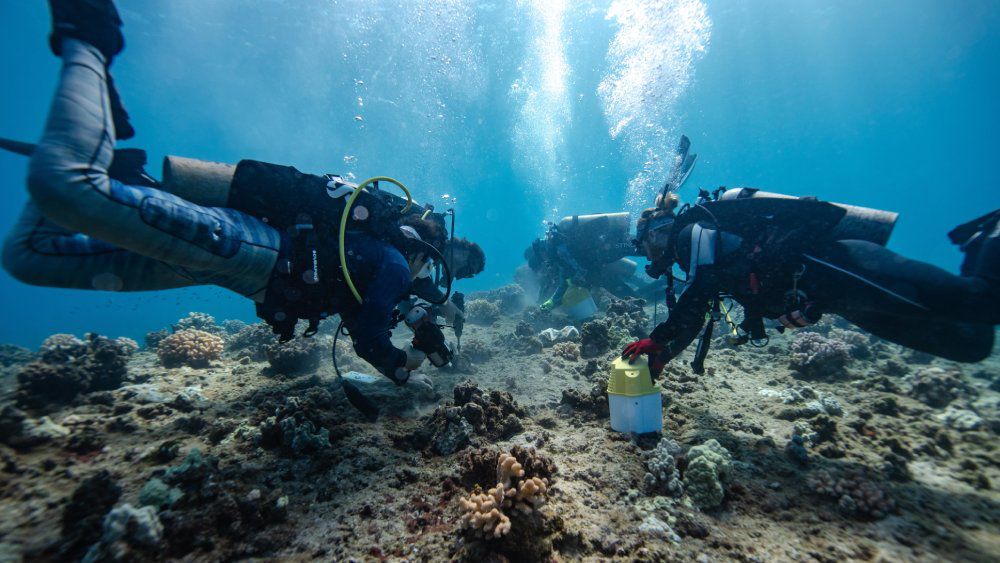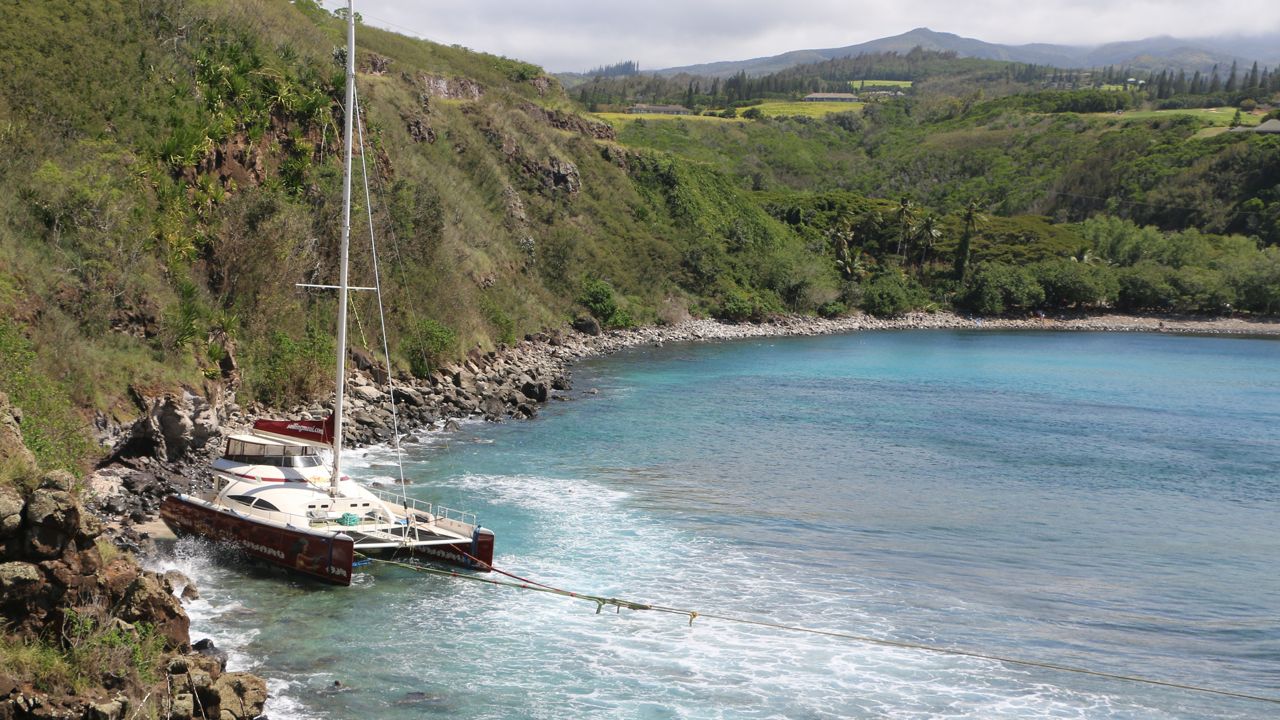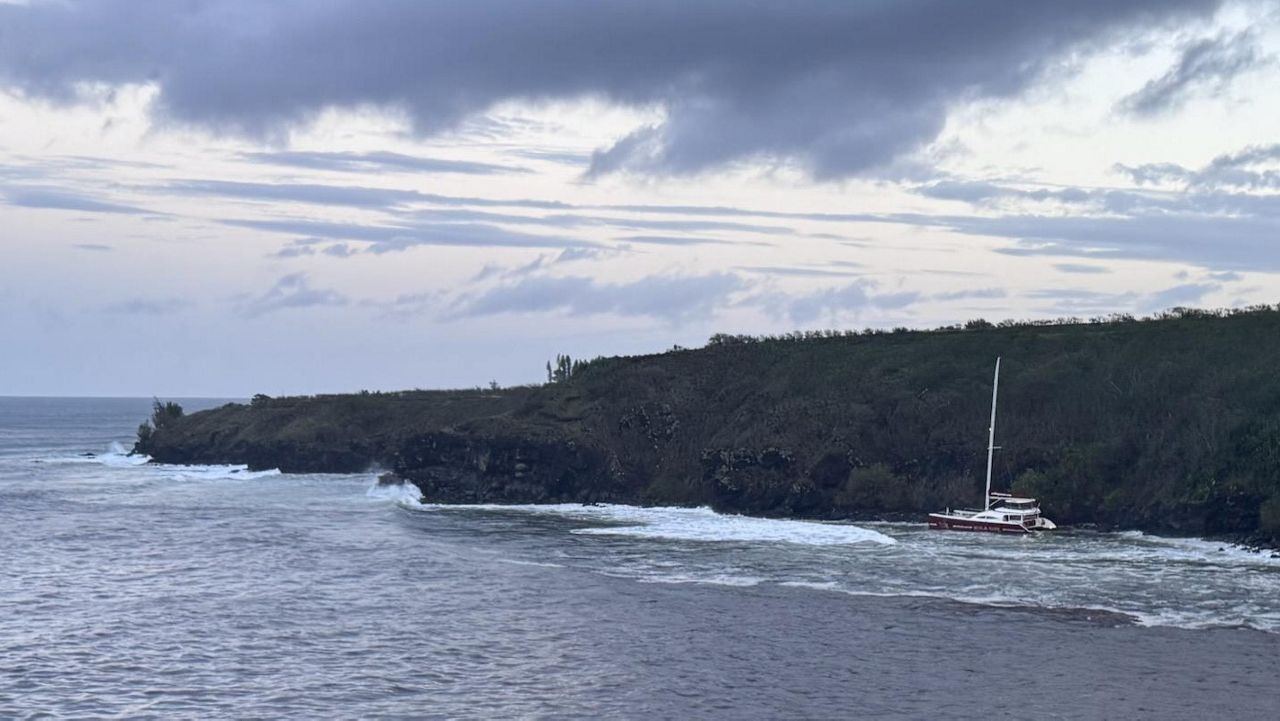In February, the U.S. Fish and Wildlife Service released two draft recovery plans to save endangered and threatened species in Hawaii.
The first plan is aimed at helping 44 endangered species that live in Maui Nui. The second draft plan is aimed at saving 50 endangered and threatened species across Hawaii.
In order to help the listed species, the plans call for distributing multiple, self-sustaining populations in their respective habitats on each island. The habitats they live in should be well managed and free from hooved animals, diseases, nonnative plants, fires and other problems.
Fossils show that Ka palupalu o Kanaloa (Kanaloa kahoolawensis) used to grow on the rocky seaside cliffs of Oahu, Maui, Kauai, and Kahoolawe, but in 2015 the last two known plants that were growing off the coast of Kahoolawe died.
Before the last two plants died, seeds were collected and saved. Anna Palomino, who is a horticulturist with the Plant Extinction Prevention Program, was able to germinate the seeds and grow seedlings.
Now, there are 23 plants that have grown from hand pollination and are producing seeds in nurseries on Maui. The plants produce tiny white flowers.
Water flow will be restored to five streams on Molokai that were diverted in the early 1900s for plantations and ranches, according to an announcement made by the Department of Land and Natural Resources announced in April.
Restoring the flow of these streams benefits groundwater recharge, near-shore ecosystems, native wetland species and coastal spring flows critical for native limu growth. The restored stream flow also supports Native Hawaiian cultural practices, such as subsistence gathering and fishing.
On Molokai, 1,045 acres of land was purchased by the Division of Forestry and Wildlife and set aside for conservation and restoration.
The land is located in the ahupuaʻa of Mākolelau in East Molokai. The ahupuaʻa is part of a high-priority watershed that contributes to Molokai’s aquifer. In the high elevations, there are still intact native forests, which helps generate fresh water and reduces erosion that can damage coral reefs. On Molokai, the fisheries that rely on the coral reef help feed the island residents.
The Division of Forestry and Wildlife hopes to protect the land from the “summit to sea.” Plans to protect the land include controlling hoofed animal populations, such as deers and pigs, removing invasive species, restoring native ecosystems, and building a network of firebreaks, which will prevent the spread of wildfires. Through conservation efforts, DOFAW estimates up to four metric tons of soil will be stopped from entering the ocean and hurting the reef.
NOAA Fisheries introduced new rules in April that will protect oceanic white-tip sharks from being hooked by longline fishers.
The new rules prohibit the use of steel wire leaders on hooks deployed in the Hawaii deep-set longline fishery, which operates around the main Hawaiian Islands, the Northwestern Hawaiian Islands and the U.S. Pacific Remote Island Areas. Instead, monofilament nylon leaders should be used.
NOAA Fisheries listed oceanic white-tip sharks as threatened in 2018 under the Endangered Species Act. The sharks are threatened because they get caught in longline fishing gear, large fishing nets and gill-nets. Not meaning to capture the sharks, fishers often discard them, in what is known as bycatch.
NOAA said the new rules, which went into effect on May 31, are anticipated to increase the species bycatch survival by 30%.
In December, the U.S. Fish and Wildlife Service proposed 275,647 acres of land be designated as critical habitat for the ‘i‘iwi.
‘I‘iwi are endemic to Hawaii, meaning they are only found in the island state. The birds were once a common sight in Hawaii. However, the species was listed as threatened under the Endangered Species Act in 2017.
The proposed lands include federal, state and private lands on Hawaii Island, Maui and Kauai. Federal agencies are prohibited from destroying or adversely modifying critical habitat.
In September, the federal Bureau of Reclamation awarded $1.9 million to Hawaii to protect forests and wetlands in the Kohala Mountains.
The Kohala Mountains are an important watershed for Hawaii Island, as they collect rainfall. Hooved animals have caused erosion problems in these mountains.
The forest will be protected by removing invasive species and replanting near the banks of rivers.
Michelle Broder Van Dyke covers the Hawaiian Islands for Spectrum News Hawaii. Email her at michelle.brodervandyke@charter.com.









